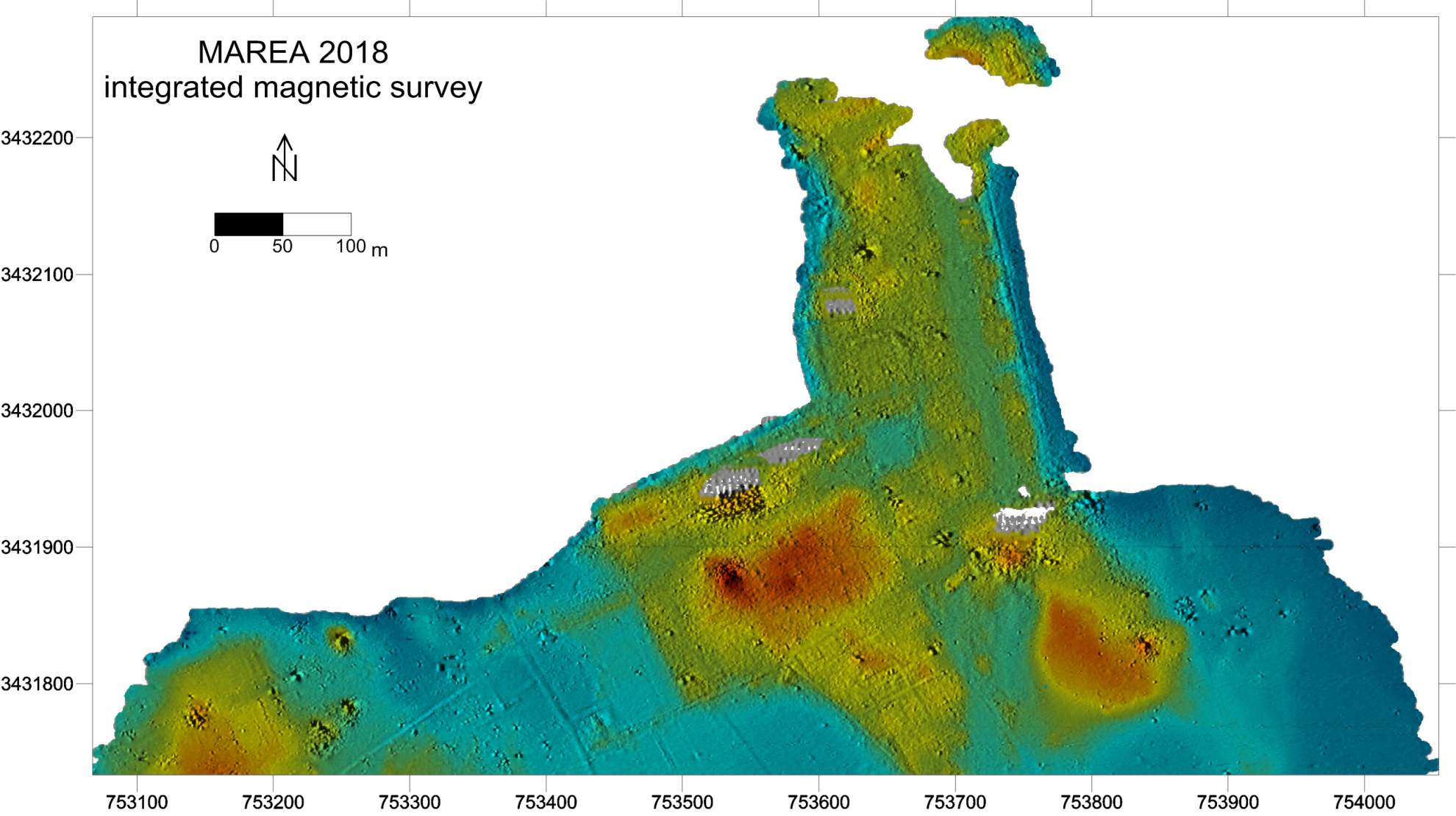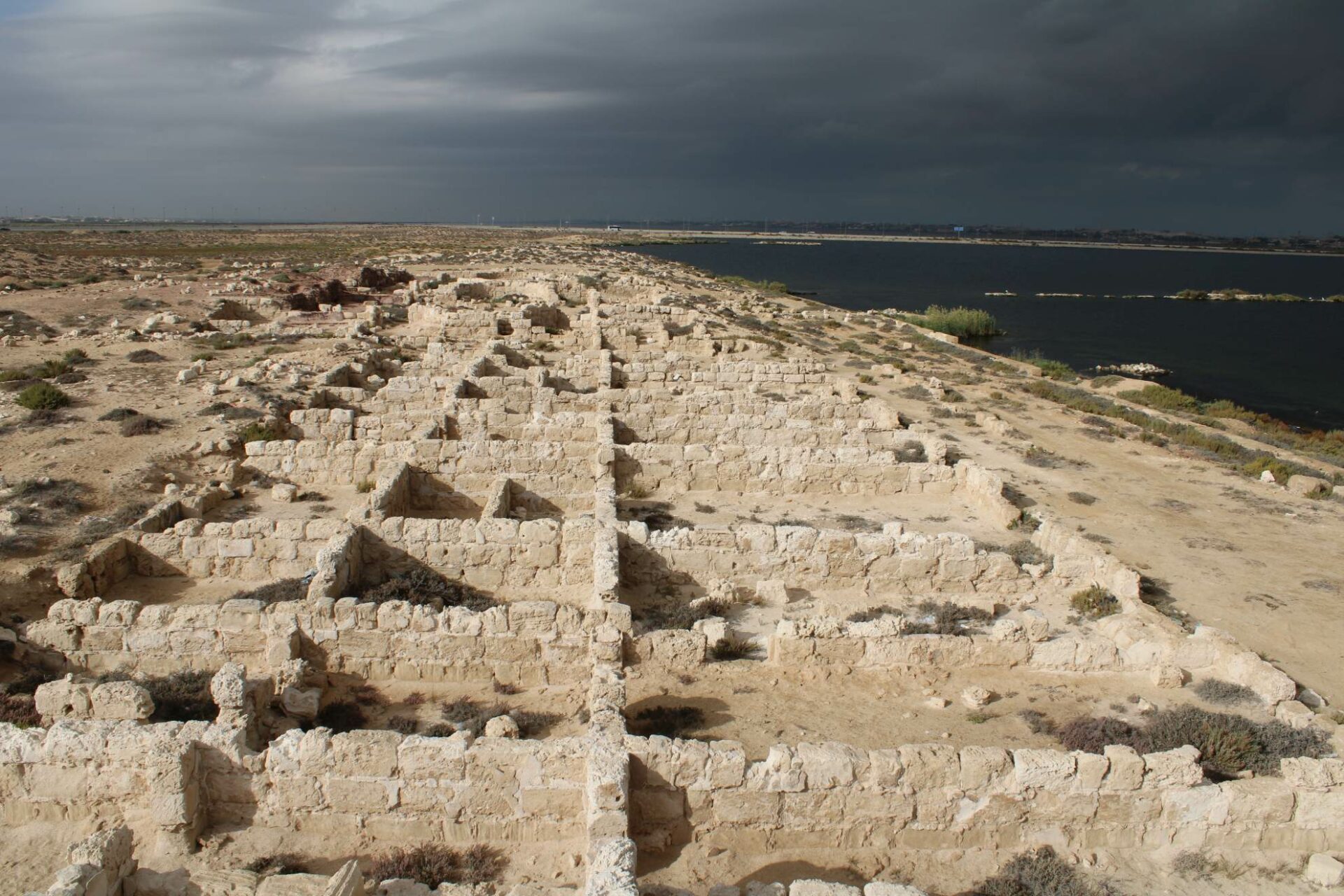An unknown part of the ancient city, founded in the second half of the 6th century, is located at the Marea settlement in northern Egypt. This is an important discovery made by scientists from the Faculty of Archeology and the Center for Mediterranean Archeology at the University of Warsaw, since in the period of late antiquity, new urban complexes in Egypt were very rarely erected.
The Marea site is located on the southern shore of Lake Mareotis in northern Egypt. Since the late 1970s, archaeological research has been carried out here by Egyptian, American, French and Polish scientists. They focused primarily on the opening of Byzantine buildings (baths, houses, churches, workshops, mills) and the reconstruction of their plans and ways of functioning. However, the broader urban context. In 2017, the use of non-invasive (geophysical) methods by archaeologists at the University of Warsaw, along with excavations, made it possible to create an accurate building plan.
The project manager of the National Science Center, within the framework of which the research was carried out, is prof. Tomasz Derda, Head of the Department of Epigraphy and Papyrology, Faculty of Archeology, University of Warsaw. Fieldwork in Egypt was led by Dr. Mariusz Gwazda of the Center for Mediterranean Archeology at the University of Warsaw. The scientists emphasize that their research in Egypt is supported by the Polish ambassador to Cairo, Michal Labenda. They could always count on the help and interest of the Polish diplomatic mission.
As a result of research in northern Egypt, an orderly arrangement of stone modular buildings was found, arranged next to each other in neat rows that make up the urban development. Its main elements were a complex system of straight streets with adjacent buildings performing various functions, and an artificial jetty connected with an extensive port infrastructure. The discovered part of the city dates back to the second half of the 6th century.
Analysis of the three modular units revealed that it consisted of shops, living quarters and porticoes with repeating plans and proportions. Thermal baths and public toilets have been found in separate buildings.

The ostrac collection, which testifies to the existence of a repair shop at the turn of the 6th and 7th centuries, also provides important information about the functioning of this settlement. They provide, in particular, about the presence of a nosocomium, that is, a hospital – a building that became popular during the Byzantine period. The presence of such an object with two bath complexes and toilets indicates that city planners care about the health of their residents.
Researchers’ analysis suggests that the discovered urban complex may have been a center built for pilgrims heading to the Abu Mena sanctuary, located a few kilometers to the south. It is also one of the youngest records of urban thought in the ancient world.
With prof. Tomasz Derda, Head of the Department of Epigraphy and Papyrology at the Faculty of Archeology at the University of Warsaw, and Dr. Mariusz Gwiazda from the Center for Mediterranean Archeology at the University of Warsaw interviewed Galina Ostas. We invite you to listen to the second part of the program, dedicated to the valuable discovery of Polish archaeologists in Egypt.
The broadcast was created in cooperation with the Center for Mediterranean Archeology of the University of Warsaw and the Ministry of Foreign Affairs.

